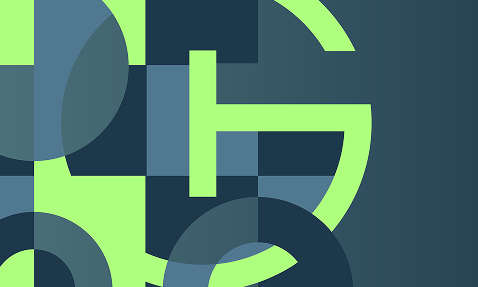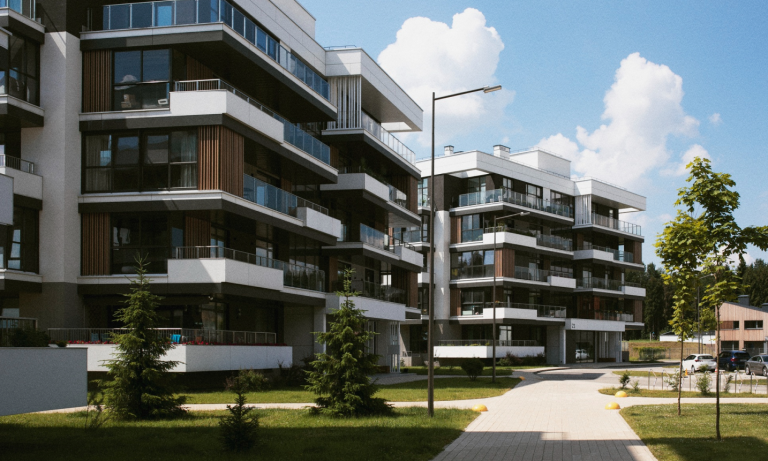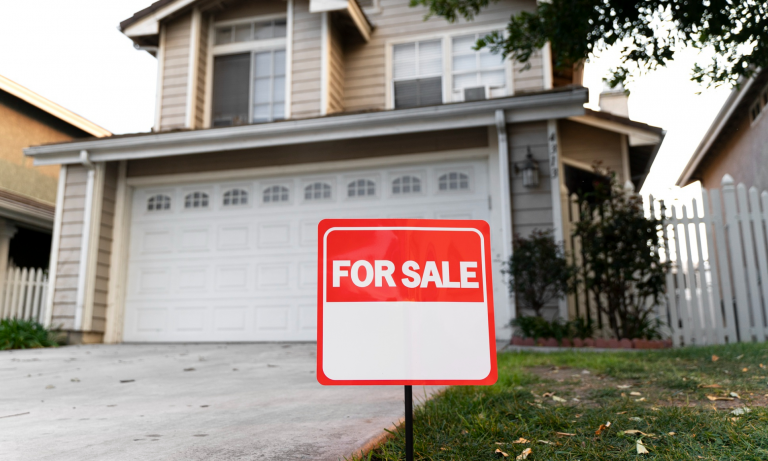Interest Rate Relief: What It Means for You
In March 2020 an unprecedented pandemic had South Africans in lockdown, working from home and tightening our belts due to the uncertain times ahead. This was when the repo rate was reduced to a 50-year low of 3.5%, making it possible for many to finally become homeowners due to the low cost of credit. The intention behind the multiple rate cuts we experienced was to stimulate the economy from its depressed and uncertain state and it brought much needed immediate relief to homeowners.
But exactly 2 years later (March 2022), we experienced the first of many repo rate hikes, and found ourselves digging deep in already shallow pockets to pay off what was now more expensive debt. The repo rate has remained static at 8.25% since May 2023, a 15-year high.
Economists projected rate cuts and relief for South African consumers towards the end of 2024, and those predictions have finally come to pass with a reduction in the repo and prime lending rate of 25 basis points on 19 September 2024. The repo rate is now 8.00% and the prime lending rate, 11.50%.
Repo vs. Prime vs. Interest Rates
If you’re paying off debt or saving money through interest-bearing investment accounts with a bank, it’s important to understand these terms and how they impact you.
What is the repo rate? The repurchase (repo for short) rate is the rate at which the SARB lends money to commercial banks.
What is the difference between the repo and prime lending rate? Commercial banks are required to hold enough in cash reserve to meet the lending requirements of the public. Banks utilise the funds that their customers deposit with them (i.e. the money you invest in savings/investment accounts) to lend to customers that need loans/credit. But when banks find themselves in a situation where they have more customers looking for credit than they have depositing funds with them, they are required to borrow the balance from the SARB. These funds are lent to the banks at the ‘repo rate’.
Banks make a profit by lending money to their customers and charging an individual interest rate that is higher than the rate at which they borrow it. This is called the prime lending rate, i.e. the default/base interest rate that consumers are charged when borrowing money from a financial institution.
When applying for a loan or credit product, a bank will quote you on a rate: for example, prime plus or less X%. The X-factor here depends on the credit product you’ve applied for, how long it’ll take you to pay it back, and your credit score, credit history and income. This is your personal interest rate.

So why did the repo rate cut materialise?
The Monetary Policy Committee (MPC) under the guidance of the SARB meets six times a year to make important monetary policy decisions by drawing on the diverse viewpoints of its members. Changes to the repo rate are made in response to how the South African economy is performing, and the need to create a foundation for financial stability. The repo rate is adjusted to control inflation and stimulate the economy.
Several factors influence whether South Africans can expect interest rate relief. The outlook for rate cuts has become more positive in recent months with:
Inflation returning to within the 3-6% range: high inflation, as we’ve all personally experienced in the last 2 years, prompted the interest rate hikes, and now that it’s lower, rates can/should come down.
Political stability: The rand has strengthened after the post-election formation of the Government of National Unity, boosting investor confidence and economic GDP growth.
Global economic conditions: The South African economy is influenced by major world economies and global trends. The global outlook is looking more positive than it has in the past, with rate cuts expected in the US later this year.
How will this rate cut impact consumers?
Once the repo rate is reduced, banks immediately reduce the prime lending rate by the same percentage and if you have a variable interest rate home loan agreement, your interest rate will decrease accordingly. As your monthly home loan instalment is now less, you’ll find yourself with extra disposable income as a result.
If buying a home was one of your goals for 2024, it’s worth calculating the positive impact this rate reduction can have on you using the GetGo Home Loans bond repayment calculator.
It can be tempting to spend this extra money frivolously, but we recommend putting some thought into how you can benefit from this financial relief in the short, medium and long term.
- Pay off your “expensive debt” faster: if you have a personal loan or credit card debt you’re not quite on top of, look at paying this off quicker with the saving you’re making on your bond.
- Keep your bond instalment the same: all it takes is a quick call to the home loans division at your bank, and you can keep your instalment at the pre-rate cut amount, and you will pay off your home loan faster this way.
- Save more or start building up your savings (again): It has been difficult for many to save money for emergencies or just future priorities, but with the rate relief, this is something you should consider if you can afford to do so. Look at setting up a fixed transfer into an investment account and you won’t miss the money.
The rate cut will impact you positively if paying off debt, but conversely, you’ll now be earning less interest on the balance sitting in your investment/savings accounts.

What can consumers expect going forward?
The prospect of further interest rate relief in South Africa hinges on a complex interplay of economic, political and global factors. Most economists report positively that the SARB is expected to cut interest rates by up to 1.50% by mid-year 2025. This will bring relief to many over-indebted South Africans who have battled with the rising cost of living. The last rate meeting for 2024 is held in November, where another rate cut is possible.
While no economist has a crystal ball, it is worth considering this potential outcome if you’re looking at buying property in the next 12 months. Banks will offer you both a fixed and variable interest rate, chat to a Home Loans Specialist at GetGo Home Loans about the benefits of each loan type. Having a relationship with a bond originator is critical, as they’re best positioned to apply for and negotiate the best deal for you.
If you’ve been debating whether you’re ready to buy your first home, this is a good time to get a bond pre-approval from GetGo Home Loans. It gives you a realistic idea of what you can afford, and with this rate cut, any debt is suddenly cheaper. It’s a quick and straightforward (and free!) process, and one we recommend you complete to show sellers that you are a serious buyer, as well as giving property practitioners the peace of mind that they’re showing you houses you can responsibly afford.








































